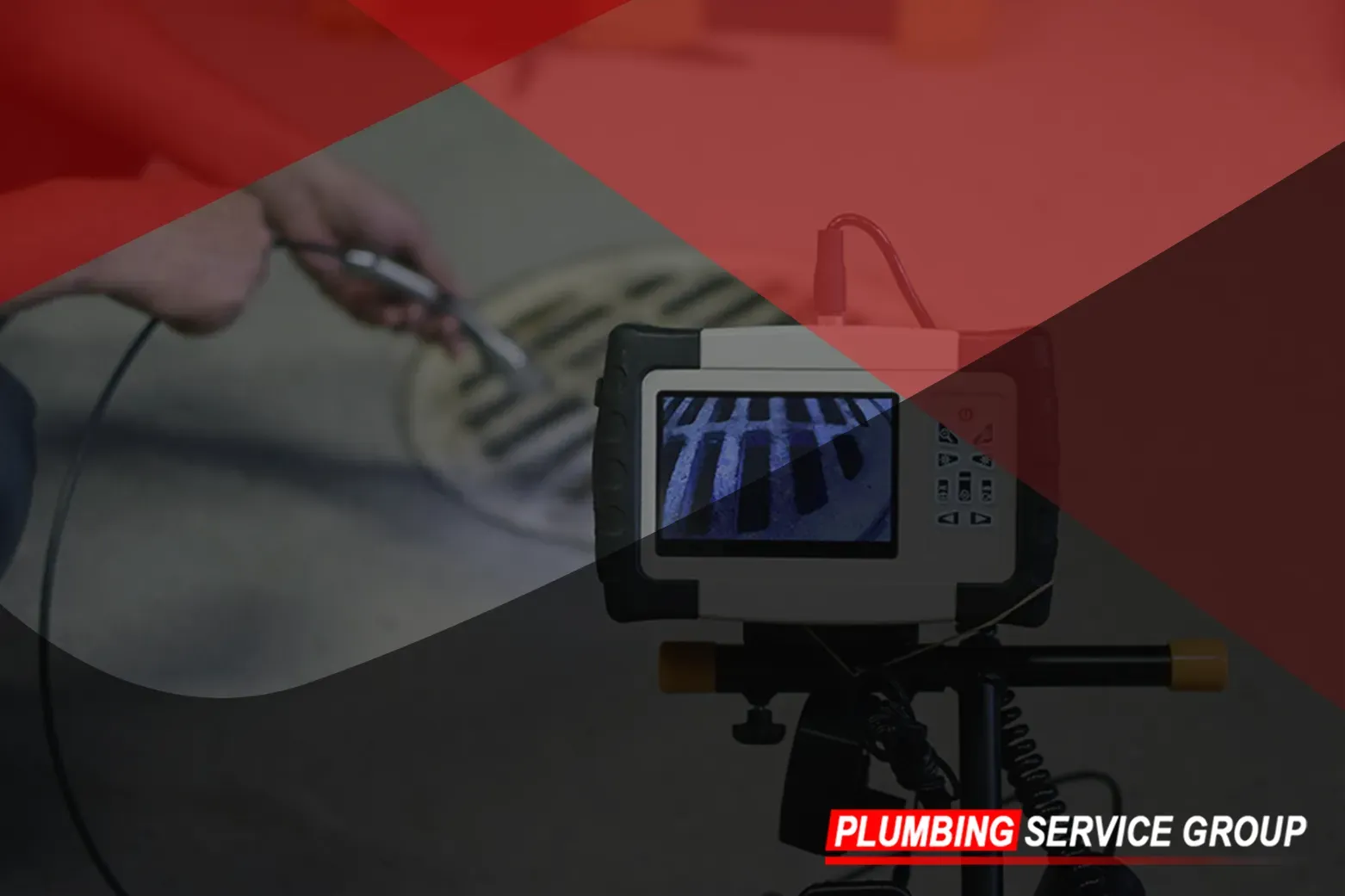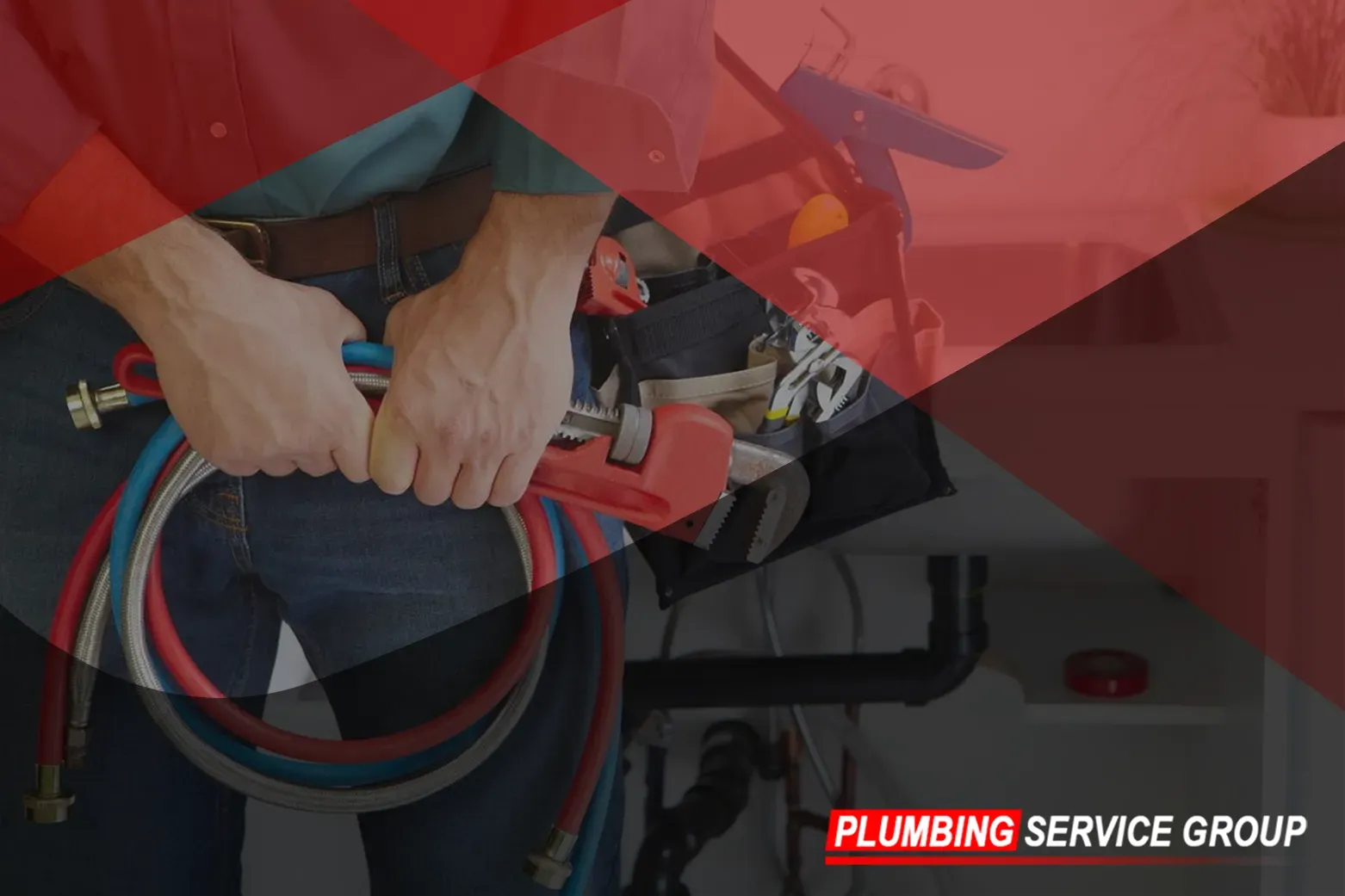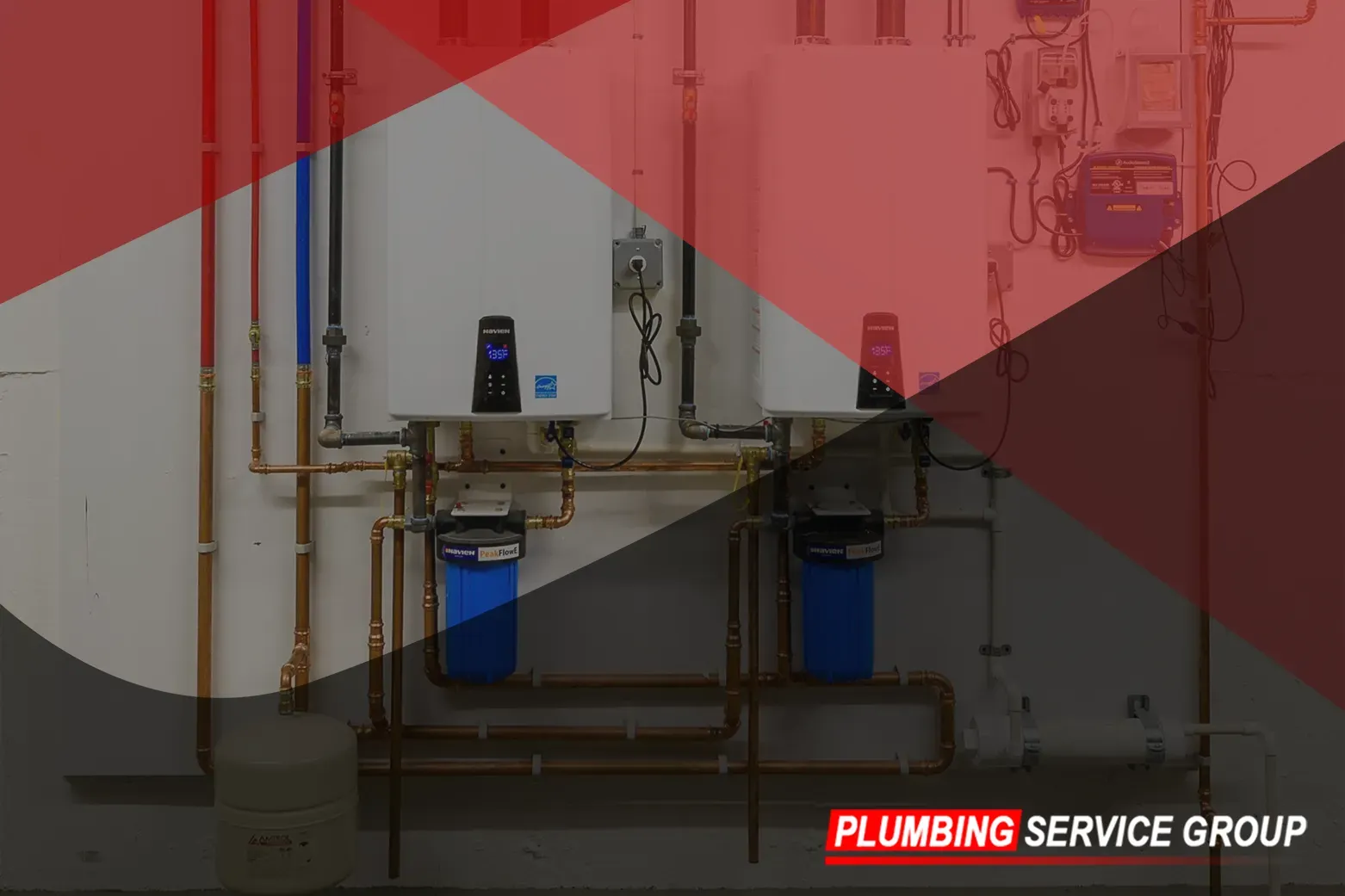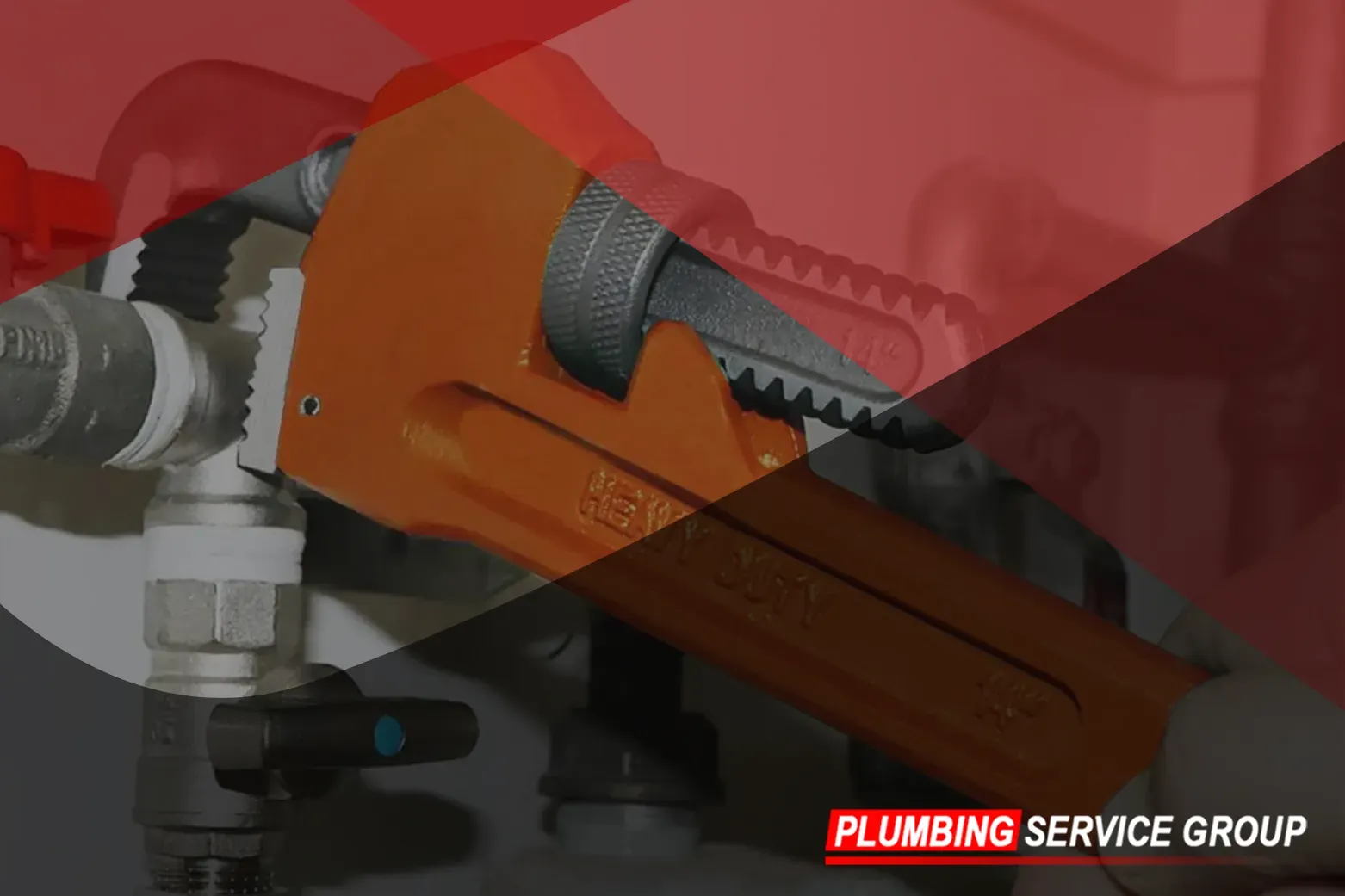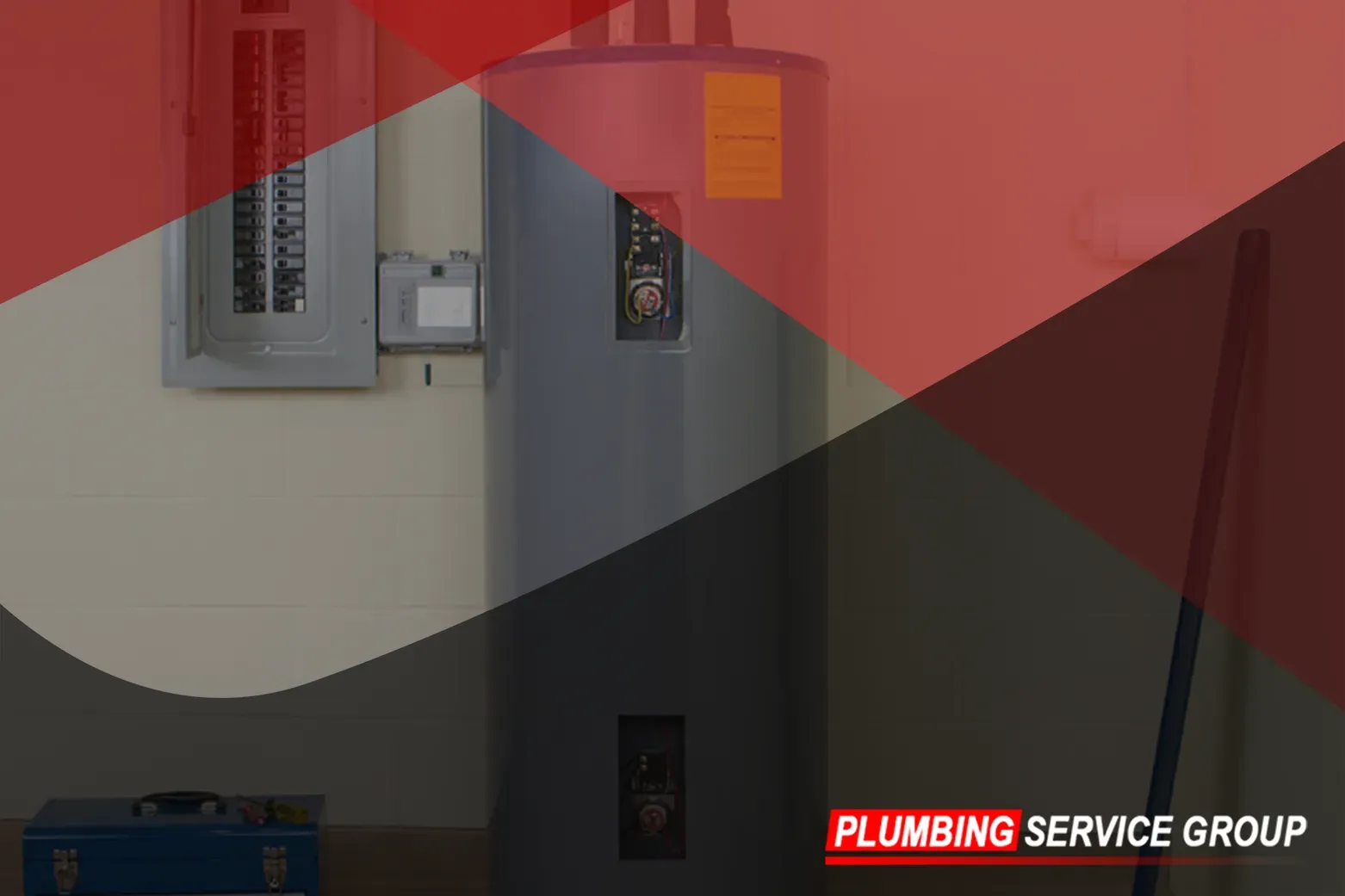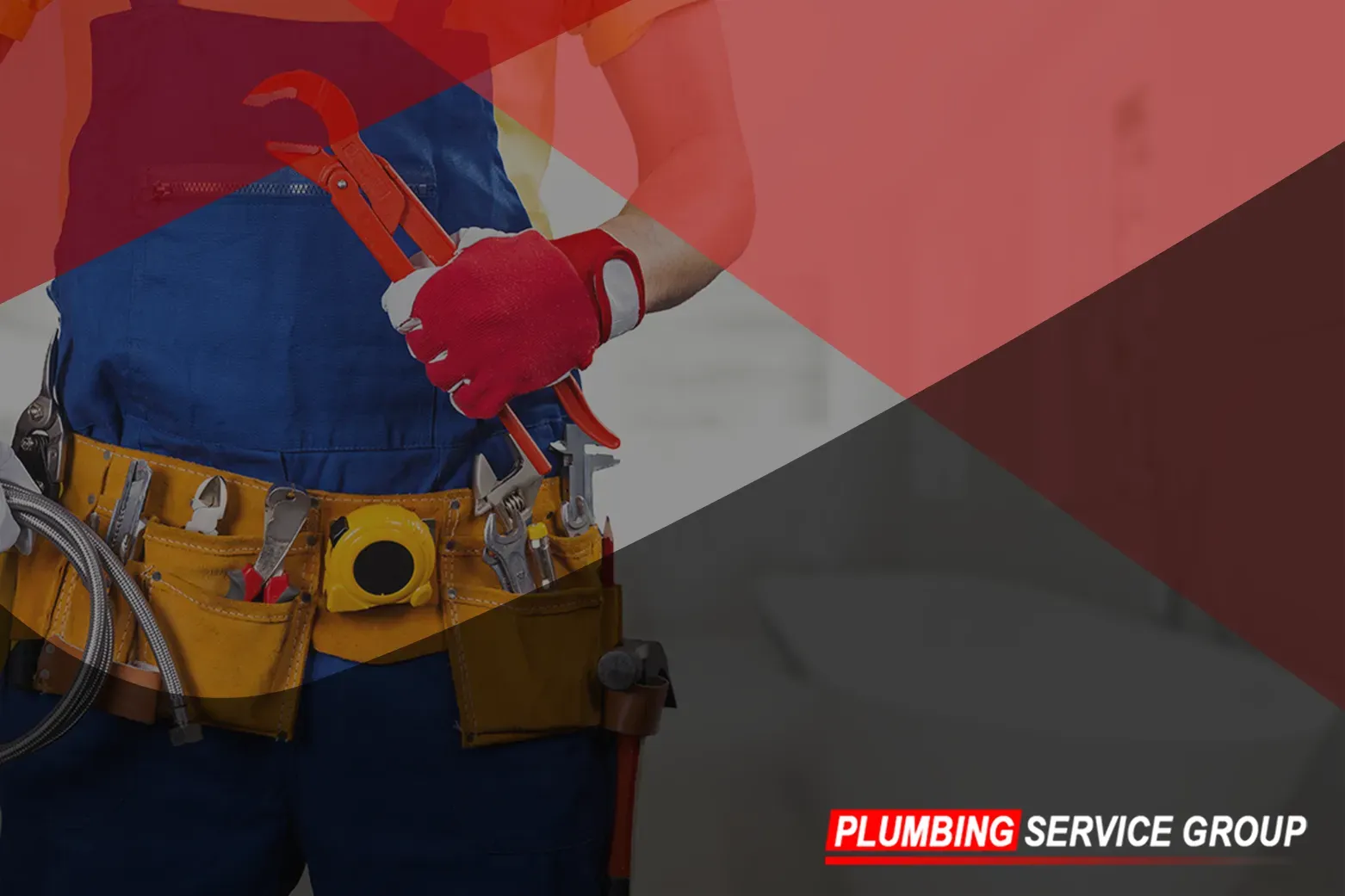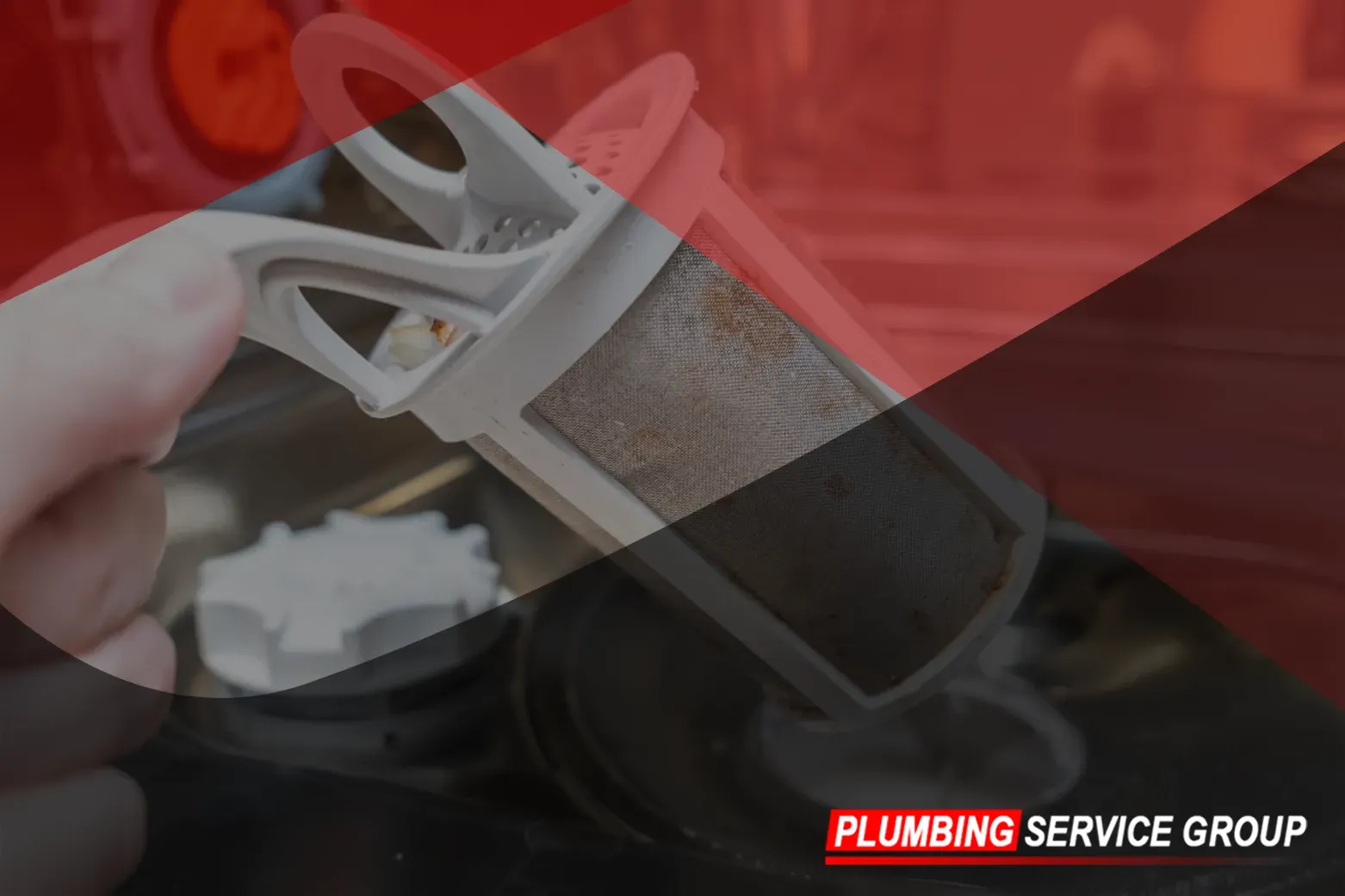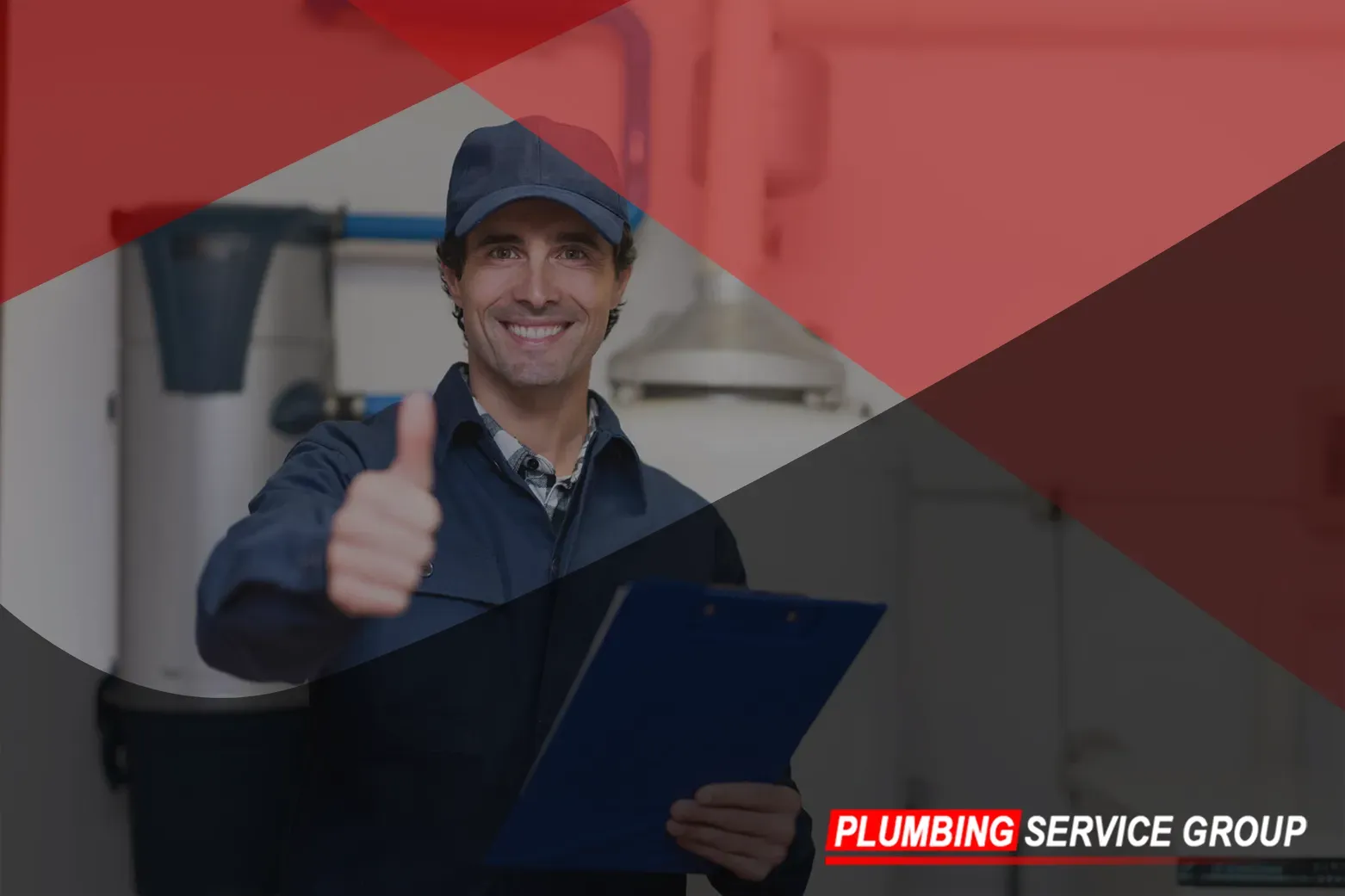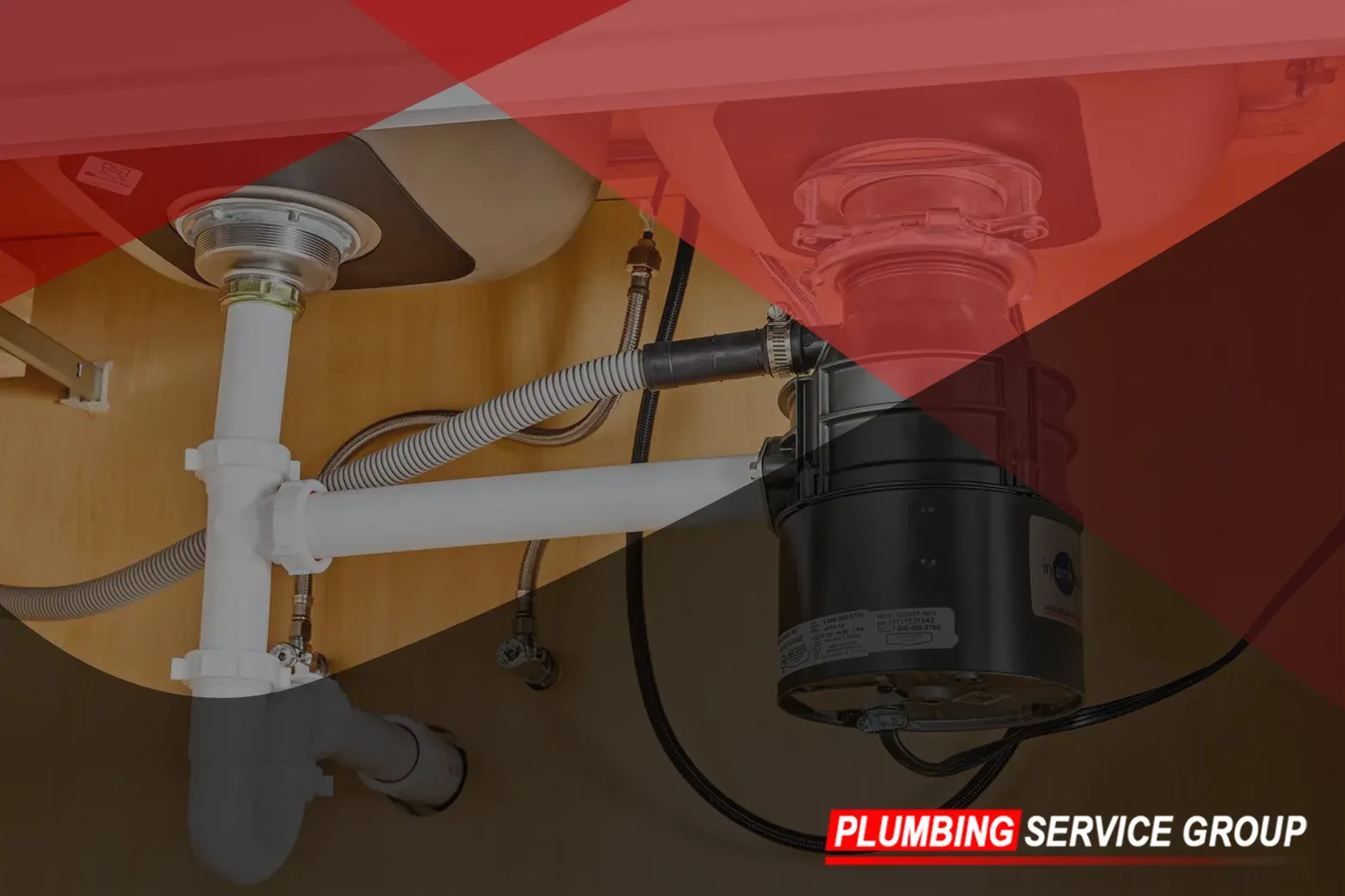How to Clean a Pipe Effectively?
Cleaning pipes is a fundamental aspect of maintaining a healthy and efficient plumbing system. Over time, pipes can accumulate buildup, debris, and even harmful contaminants, leading to reduced water flow, foul odors, and potential health hazards. As the leading experts in plumbing solutions, Plumbing Service Group is here to provide you with a comprehensive guide on how to clean a pipe effectively, ensuring optimal performance and longevity for your plumbing system.
Understanding the Importance of Cleaning Pipes
Before diving into the specifics of pipe cleaning, it's essential to understand why it's crucial to maintain clean pipes. Over time, various factors such as mineral deposits, grease, sediment, and organic matter can accumulate inside pipes, leading to clogs, blockages, and corrosion. These issues not only impair the functionality of your plumbing system but can also pose health risks and result in costly repairs if left untreated. By regularly cleaning your pipes, you can prevent these problems and ensure a reliable and hygienic plumbing system for years to come.
Step-by-Step Guide: How to Clean a Pipe
Step 1: Identify the Problem Areas
The first step in effectively cleaning a pipe is to conduct a thorough inspection to identify any problem areas or signs of buildup or blockages. Start by observing the performance of your plumbing system, paying close attention to any noticeable changes in water flow, drainage speed, or unusual odors. Slow drainage, gurgling sounds, or foul odors emanating from drains are common indicators of potential buildup or blockages within the pipes.
Additionally, visually inspecting the interior of the pipes using a flashlight or a plumbing camera can provide valuable insight into the condition of the pipes. Look for any visible signs of debris, sediment, or mineral deposits that may be obstructing the flow of water. These may appear as dark patches, crusty residue, or slimy coatings on the pipe walls.
By pinpointing these problem areas and understanding the nature and extent of the buildup or blockages, you can determine the most appropriate cleaning method to effectively address the issue.
Step 2: Choose the Right Cleaning Method
Once you've identified the problem areas within the pipes, the next step is to select the most suitable cleaning method based on the nature and severity of the buildup.
For minor buildup and routine maintenance, simple household remedies such as baking soda and vinegar or a mixture of hot water and dish soap can be effective in breaking down grease, soap scum, and other organic residues. These natural cleaners can be poured directly into the drain and left to sit for some time before flushing with hot water to help dislodge and wash away the buildup.
In cases of more stubborn buildup or clogs, mechanical cleaning methods such as using a plumber's snake or drain auger may be necessary. These tools are designed to physically break apart and remove blockages such as hair, food particles, and other debris that may be obstructing the pipe. By inserting the tool into the drain and rotating or maneuvering it back and forth, you can effectively dislodge and clear the obstruction to restore proper water flow.
In situations where traditional cleaning methods prove ineffective or the buildup is particularly stubborn, professional plumbing services such as hydrojetting or chemical cleaning may be required. Hydrojetting utilizes high-pressure water jets to blast away accumulated debris and sediment from the interior walls of the pipes, leaving them clean and free-flowing. Chemical cleaning involves the use of specialized cleaning agents or solvents to dissolve and remove stubborn buildup and blockages, restoring the pipes to their optimal condition.
By choosing the right cleaning method based on the specific characteristics of the buildup or blockages, you can effectively clean your pipes and ensure the continued smooth operation of your plumbing system.
Step 3: Implement the Cleaning Method
Once you've identified the appropriate cleaning method for your pipes, it's time to put it into action. If you're using chemical or enzymatic cleaners, carefully follow the manufacturer's instructions and safety guidelines to ensure safe and effective use. These cleaners often require dilution with water and a specified contact time to break down and dissolve stubborn buildup and blockages. Be sure to wear protective gloves and safety goggles to prevent skin irritation and eye exposure to the chemicals.
For mechanical cleaning methods such as using a plumber's snake or drain auger, begin by carefully inserting the tool into the pipe opening. Slowly feed the snake or auger into the pipe while turning the handle clockwise. As the tool progresses through the pipe, it will encounter resistance from any obstructions or buildup. Use a steady, back-and-forth motion to break up and dislodge the blockage, taking care not to force the tool too aggressively to avoid damaging the pipe.
As you work the snake or auger through the pipe, be prepared for resistance or sudden movements as it encounters obstacles. This may indicate the presence of a particularly stubborn clog or buildup, which may require additional effort to remove. Exercise patience and persistence, and continue to maneuver the tool until the obstruction is fully cleared, and the pipe flows freely.
Step 4: Flush the Pipes
After completing the cleaning process, it's crucial to flush the pipes thoroughly to remove any loosened debris and residue. Start by running hot water through the pipes for several minutes to help rinse away any remaining buildup and ensure a clean and clear pipe interior. The hot water helps to dissolve and flush out any remaining debris, leaving the pipes clean and free-flowing.
For added effectiveness, consider using a plumbing auger or hydrojetting equipment to provide a more thorough and powerful flush. These tools use high-pressure water to scour the interior of the pipes, removing stubborn buildup and ensuring a complete clean. Simply insert the auger or hydrojetting nozzle into the pipe opening and activate the equipment to deliver a powerful stream of water through the pipes.
By following these steps and implementing effective cleaning methods, you can ensure that your pipes remain clean, clear, and free-flowing, preventing clogs, backups, and other plumbing problems. If you encounter persistent clogs or issues with your plumbing system, don't hesitate to contact a professional plumber for assistance. At Plumbing Service Group, we're here to provide expert guidance and solutions to keep your plumbing system in top condition.
Step 5: Monitor and Maintain
After completing the cleaning process, it's essential to establish a proactive approach to monitor and maintain the cleanliness of your pipes. Regular monitoring and preventative maintenance measures are key to preventing future buildup and clogs and ensuring the long-term health and functionality of your plumbing system.
One effective way to monitor your pipes is to conduct routine visual inspections. Take the time to visually inspect exposed pipes in areas such as basements, crawl spaces, and under sinks for any signs of buildup, corrosion, or leaks. Look for discoloration, rust, or visible debris inside the pipes, as these may indicate potential issues that require attention.
In addition to visual inspections, consider installing drain guards or strainers in sinks, showers, and tubs to catch debris and prevent it from entering the pipes. Drain guards are simple devices that fit over the drain opening and capture hair, food particles, and other debris before they can cause clogs or buildup. Regularly clean and empty drain guards to ensure optimal effectiveness.
Another essential aspect of pipe maintenance is to avoid disposing of grease, oil, and other non-biodegradable materials down the drain. Grease and oil can solidify and accumulate inside pipes, leading to stubborn clogs and blockages over time. Instead, collect grease and cooking oil in a container and dispose of it in the trash to prevent it from entering the plumbing system.
Furthermore, schedule periodic professional inspections and cleanings to assess the condition of your pipes and address any potential issues before they escalate into larger problems. A qualified plumber can conduct a thorough inspection of your plumbing system, identifying areas of concern and recommending appropriate maintenance or repairs.
By implementing these monitoring and maintenance practices, you can keep your pipes clean, clear, and free-flowing, reducing the risk of clogs, backups, and other plumbing problems. Remember that prevention is key to maintaining a healthy plumbing system, so don't hesitate to take proactive measures to protect your pipes and ensure the continued functionality of your plumbing system. If you encounter persistent issues or require professional assistance with pipe maintenance, don't hesitate to contact Plumbing Service Group.
By following these steps and implementing effective pipe cleaning practices, you can ensure a clean, efficient, and reliable plumbing system that operates smoothly for years to come. At Plumbing Service Group, we understand the importance of clean pipes in maintaining the integrity and functionality of your plumbing system. With our expertise in cleaning pipes as well as
pipe repair, contact us to resolve all your issues.

